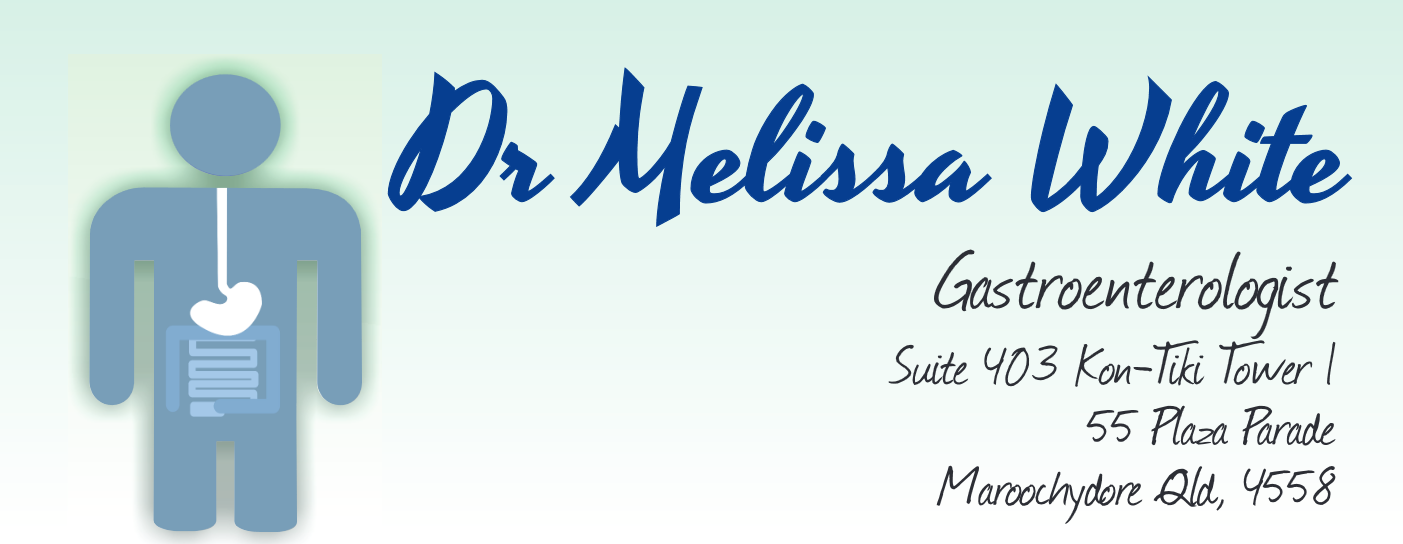A Guide to Reflux Disease
Gastro-oesophageal reflux disease is a common cause of indigestion. It is caused by the washing back (reflux) of food and stomach acid into the gullet (oesophagus). This occurs because a muscular valve (sphincter) at the junction of the oesophagus and stomach fails to work properly.
What are the symptoms?
The stomach contents irritate the oesophagus and cause a painful burning sensation in the chest rising up to the throat (heartburn). Sometimes this is accompanied by a bitter taste in the mouth. Those symptoms typically occur after eating food. Large meals and fatty or spicy foods are most likely to cause problems. Lying down or bending over may cause or worsen symptoms. Stomach contents may rise as far as the throat and be experienced as regurgitation. When severe, it may resemble vomiting. Occasionally they may irritate the breathing passages and cause coughing, hoarseness, a sore throat and asthma. If this happens at night it may cause awakening with choking attacks.
Is reflux the same as a hiatus hernia?
No. Hiatus hernia is a protrusion of the top of the stomach through the diaphragm up into the chest cavity. Although a hernia helps to cause reflux disease, many people have a hiatus hernia but no reflux problems because their sphincter still functions properly. Similarly, people who do have reflux problems do not always have a hiatus hernia.
Is reflux serious?
Not usually. In most sufferers reflux disease is no more than a nuisance, bothering them only on some occasions like after eating spicy meals. In some people it causes regular discomfort which disrupts their lives. Most people with reflux disease do not have any significant damage to their oesophagus. In severe cases, irritation caused by the refluxed stomach juices damage the lining of the oesophagus. This ulceration can cause painful swallowing and also bleeding. Stricture is narrowing of the oesophagus caused by scarring because of long standing oesophagitis. Stricture causes difficulty with swallowing because food sticks at the narrowing.
Is it my lifestyle?
Reflux can be made worse by things you do or have some control over, including:
Diet – heartburn is typically more frequent after large, fatty or spicy meals. Many people find that specific foods provoke symptoms e.g. curries, fish and chips, pastries, roasts, chocolate, onions and citrus fruits.
Eating habits – eating just before you go to bed or before you exercise can lead to symptoms.
Smoking – may aggravate reflux.
Alcohol – may make reflux more irritant, provoking symptoms.
Pregnancy – probably due to hormonal factors and pressure of the baby. Usually resolves once baby is born.
Is there something I can do?
The occasional heartburn episode is often diet related. Simple self-help measures are worth trying first. If these give adequate relief you do not need to do anything further. To help relieve symptoms:
Avoid eating large or fatty meals and any foods that aggravate your symptoms.
Avoid eating within two hours of lying down or before going to bed.
Eat smaller, more frequent meals and eat slowly, chewing your food well.
Lose weight if you are overweight.
Limit alcohol consumption.
Stop smoking.
Prop up the head of your bed ten centimetres or use a wedge pillow under the mattress, particularly if your symptoms bother you at night.
Try an antacid when heartburn occurs.
Tablets are most convenient as they are easily carried. Choose an antacid form and flavour that appeals to you.
How can the doctor help me?
Your doctor can check your self-diagnosis. After this check, your doctor may try a course of prescription treatment, or determine a need for tests or evaluation by Dr White. Your local doctor may ask Dr White to give advice on your symptoms and organise some tests. These tests include:
Endoscopy – under sedation, the inside of your oesophagus and stomach is examined directly with a flexible telescope to see if there is any oesophagitis. Endoscopy also excludes other problems such as stomach ulcers.
Barium meal or swallow – x-ray pictures are taken as you swallow a thick yellow liquid which outlines the oesophagus and stomach. It is most useful for seeing why food sticks.
Other special tests include:
Oesophageal acidity or PH monitoring – a fine wire is passed through the nose into the gullet to record acidity in the oesophagus, usually for 24 hours at home. A small box carried on a belt makes the recordings. It is especially useful when the diagnosis is still uncertain, even after endoscopy.
Oesophageal pressure testing or manometry – measures how the muscles of the oesophagus work. This information is sometimes useful in people with reflux symptoms.
What prescription treatment is available?
There are several types of medications that prevent reflux symptoms and heal oesophagitis. These usually need to be taken regularly rather than when you get the symptoms. Medications include:
Stomach acid suppressants - Cimetidine, Ranitidine, Famotidine, Omeprazole, Pantoprazole and Lansoprazole reduce the amount of acid that the stomach produces.
Muscular stimulants – e.g. Motilium aims to tighten the sphincter and improve the return of refluxed juices back to the stomach.
Lining (mucosal) protectants – e.g. Sucralfate sticks to the ulcerated lining of the oesophagus and help to protect it from stomach juices.
Medication can relieve symptoms and heal oesophagitis in almost everyone. In some people several adjustments to treatment may be needed.
Will reflux disease go away and what long-term choices are there?
Not usually. Medication has no permanent effect on the abnormalities that cause reflux, thus it usually recurs if treatment is stopped. Recurrent reflux problems can usually be prevented by continuous medication. Sometimes an operation which improves the function of the valve may be appropriate. The merits of these two choices should be discussed with Dr White.
All text herein is the intellectual property of Dr Melissa White. Updated July 2014.
